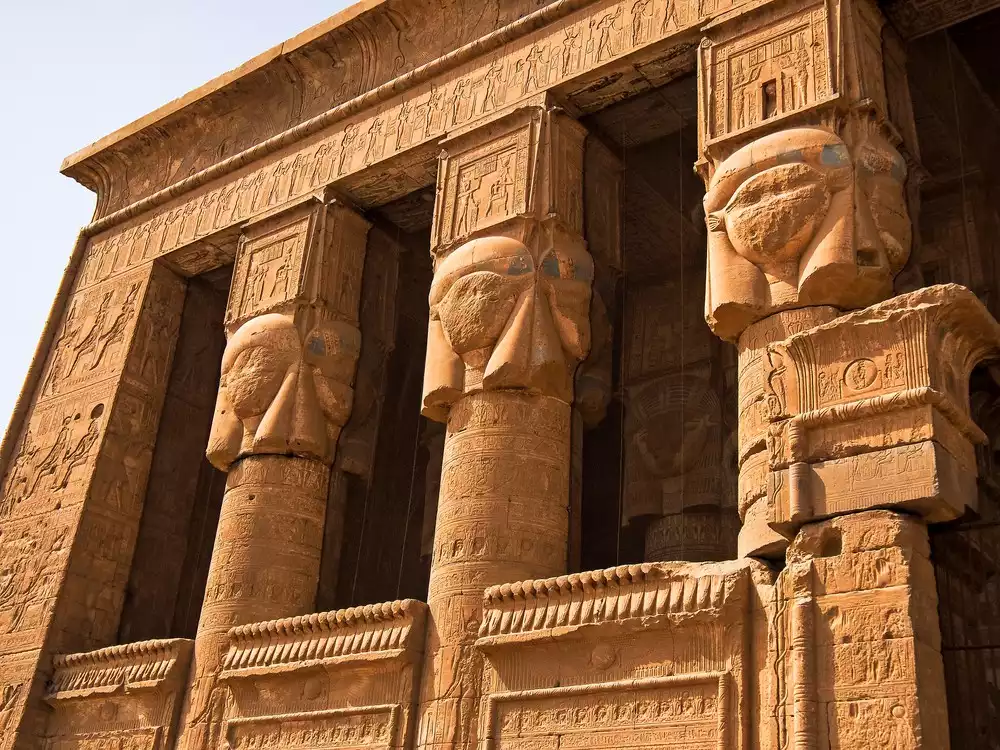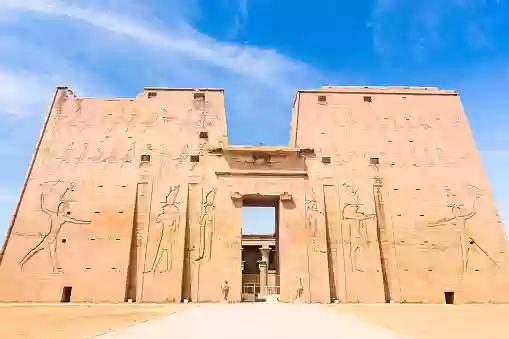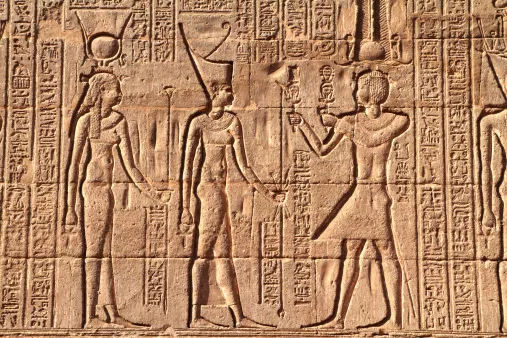The Mortuary Temple Of Djedefre

The Pyramid of Djedefre is situated at Abu Rawash, a new necropolis chosen by Pharaoh Djedefre. The pyramid lies in the western part of the Nile Valley and is only around 8km north of Giza.
Djedefre's pyramid is built on raised land that is 150 meters higher than the valleys in the north and south of it. Usually, the mortuary temples of the Pharaohs of the Fourth Dynasty were built on the eastern side of the pyramids, but Djedefre probably moved away from that tradition and built his mortuary temple on the northern part of his pyramid, like his predecessors of the Third Dynasty. Unfortunately, most of this mortuary temple is now in ruins due to the rapid theft of the pyramid stones over the centuries.
Djedefre's Reign
Djedefre was the third Pharaoh of the Fourth Dynasty. He was the son of Pharaoh Khufu, and his mother’s name remains unknown even today.
He ascended the throne in 2575 B.C. after the death of his father and ruled Egypt for 8 -11 years, although the exact duration is yet to be confirmed by the scholars.
He had two wives, Hetepheres II, and Khentetenka, from whom he probably had three sons and a daughter, as all of their names were mentioned in the statues.
These were found in broken condition within the ruined mortuary temple of his pyramid.
Very little is known about Djedefre's reign overall. Djedefre was succeeded by his brother Khafre after his death.
Details Of The Pyramid Of Djedefre
The Pyramid of Djedefre was discovered towards the end of the 19th century, but very few structures still remain intact. The whole pyramidal complex was encircled by a broad outer wall, and an inner boundary wall has also been unearthed.
A long causeway runs from north to south, leading to an open space, where once stood the mortuary temple of this pyramid. The stones of this causeway no longer exist, and there are a few remnants of statues with names on their bases. There is also a row of some stone-made pillars in the northeast part of this complex, which might have once contained inscriptions about the dead Pharaoh Djedefre. The mortuary temple is believed to have existed here much earlier and was made of fieldstone walls and coated with mud bricks. According to the layout of this ruined mortuary temple, an open courtyard was surrounded by many chambers and storerooms, among whom only a few storehouses and some structural relics can only be seen now in this courtyard. Part of a limestone female sphinx is also seen beside these pillars.
Even though the entire pyramid stands on elevated ground, the burial chamber and the corridors of the main pyramid were constructed below the ground level. The altar or offering hall is no longer found here, but a cavity in the eastern wall of the pyramidal complex suggests the possibility of its presence there in ancient times. The slope of this pyramid is much sharper than others due to the steeper slope of the casing blocks and their leaning placement. The main pyramidal structure probably had an ante-chamber and a burial room, most of which are in ruins now.





















